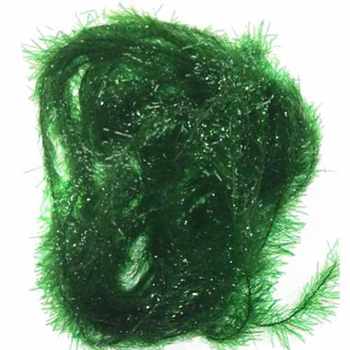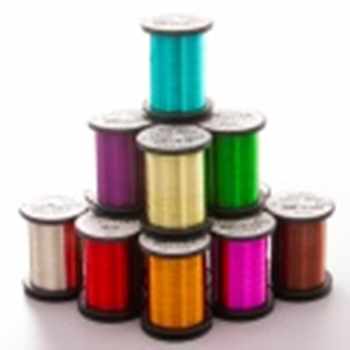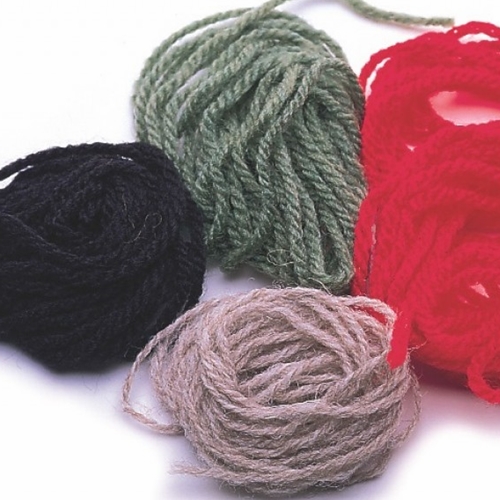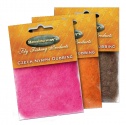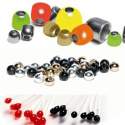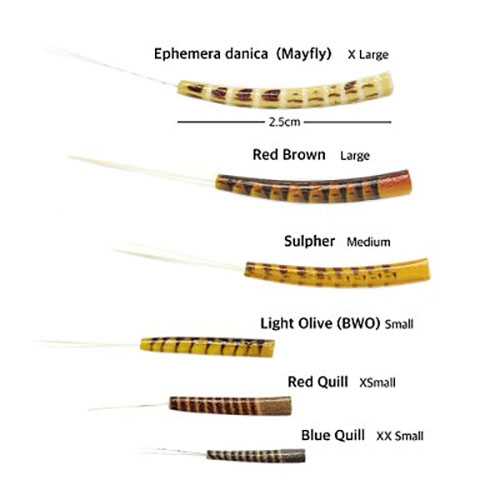Cape Grading With Grizzle Necks / Grizzly Necks For Dry Flies
So what is the big deal over grizzly necks or grizzle necks for fly tying? Grizzle necks have superb banding makes superb hackles for dry flies. There are Chinese capes and Indian capes HOWEVER these are not generally considered as dry fly hackles in the professional fly tying market. Grizzle capes and grizzle saddles are graded by their ability to tie small dry flies. The greater the number of tiny dry flies a grizzle neck will produce, generally the higher the price. The most desirable characteristics of a grizzle neck include correct colours, soft fine stalk, short barb length for very small dry flies, high barb count and requires fewer turns of the hackle to produce superb dense hackling.
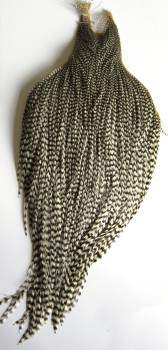 Ignoring colour as you can purchase grizzle saddles dyed in many colours, dyed grizzle necks range in colour from pink to olive, yellow to orange. So really the first question to ask is "what flies will I be tying in what quantity and what sizes?". The production fly tyer will have a different answer to the average home tyer. Typical experience of fly tyers in general is that small dry flies sizes below #20 are very rarely produced in and the bulk of the patterns are in the #10 #12 and #14 range. Typically in the UK/Irish market traditional wet flies and trout lures or trout streamers greatly outnumber the quantity of dry flies produced.
Ignoring colour as you can purchase grizzle saddles dyed in many colours, dyed grizzle necks range in colour from pink to olive, yellow to orange. So really the first question to ask is "what flies will I be tying in what quantity and what sizes?". The production fly tyer will have a different answer to the average home tyer. Typical experience of fly tyers in general is that small dry flies sizes below #20 are very rarely produced in and the bulk of the patterns are in the #10 #12 and #14 range. Typically in the UK/Irish market traditional wet flies and trout lures or trout streamers greatly outnumber the quantity of dry flies produced.
Various claims will be made by different breeders of genetic hackle and the processors of both Indian and chinese necks as to the relative value of their products. This pattern of grading reflects the demand in the US and UK and the difficulty in obtaining high quality Indian capes suitable for small dry flies and Chinese capes are not considered as dry fly hackle at all!. However, the relative cost per fly will vary from brand to brand whether you look at Metz, Whiting, Keough or any of the other companies producing top quality feathers. If you do not produce dry flies below a #18, there is little point in spending money on a grade 1 grizzle neck that will tie a #28 fly when a cheaper grade 2 grizzle neck may do. Such a grizzle neck will certainly cost you considerably more that a grrizzle neck that will wrap only to #20. The other factor to take into account is the feather count on a grizzle neck. An Indian neck is likely to give you only a few dozen usable hackles. A half decent genetic capes such as a grade 1 grizzle neck, will on the other hand give you literally hundreds. Commercial grade Hoffman necks (the are necks Tom Whiting wasn't willing to stick the Hoffman name on) are sadly no longer available, but you could get about 700 dry flies per neck. The smaller feathers near the head perfect for dry fly production and the larger feathers were dyed an appropriate colour and often used for wet fly production. So another point worth noting - The small feathers at the top of the grizzle neck may be relatively web free and of good dry fly quality, but the web on the larger feathers of genetic grizzle neck can be very "webby".
So to the problem at hand, what grizzle neck to choose? For smaller dry flies (less than 14), there is no doubt that a genetic grizzle neck is far better value for money than a bag full of Indian necks. The number of Indian necks with quantities of feathers below this size is not large.
For larger dry flies, I would still tend towards the genetic neck or genetic saddle. You get more for your money than with Indian necks and you can still use the smaller hackles for spent wings if you don't actually want to tie tiny dry flies. Indian necks will give you quite a few hackles in the required sizes when you start talking size #10 and #12. Careful selection of the cape will produce dividends as the quality of genetic hackle on superficially similar genetic capes can in fact be greatly different. Cheap genetic saddles also come into there own when talking hook sizes #8 through #12 amd will give you lots of hackle of prodigious length and are available in a huge range of colours, choose wisely as web can be prevalent on some cock saddles, not a quality one would wish in a dry fly hackle.
The largest market is for hackle for wet flies. This can be either sunk flies or surface film wets, such as bushy bob flies. If one reads the book by Mr. Justice Kingsmill Moore, then all Irish Bumbles (know as palmered flies), should be tied with quality cock hackles. But, it is true that many very effective dressers use the softer Chinese hackle to excellent effect. It is important to note however both work as far as the fish are concerned! For sunk wet flies, mobility of the hackle is all important and Hen necks, from whatever source or Chinese necks are both excellent.





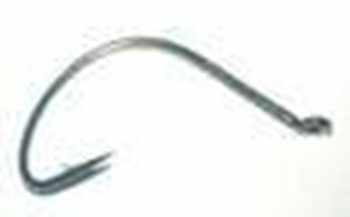
.jpg)



